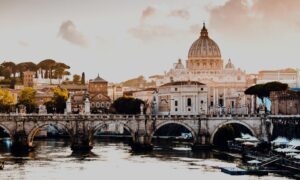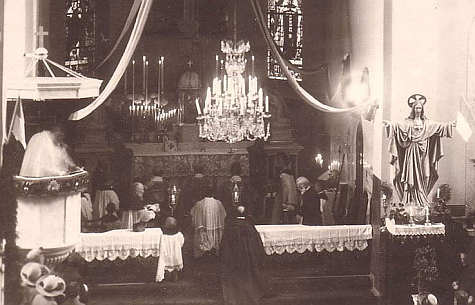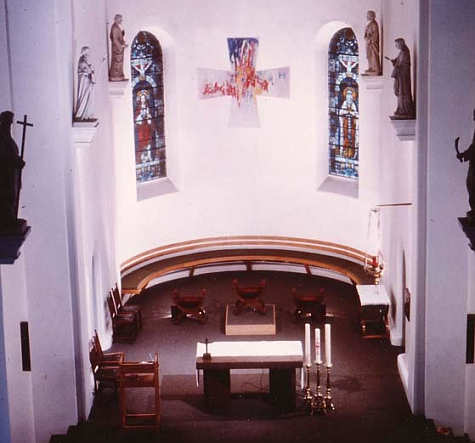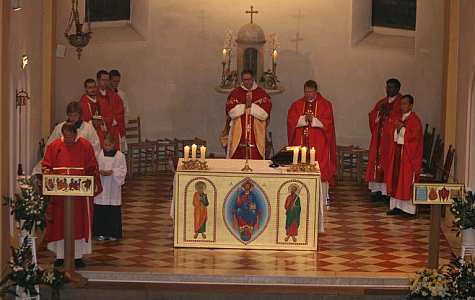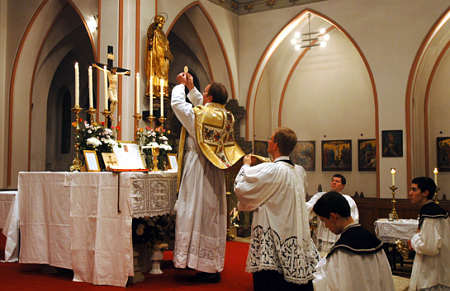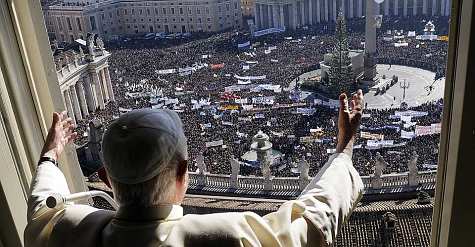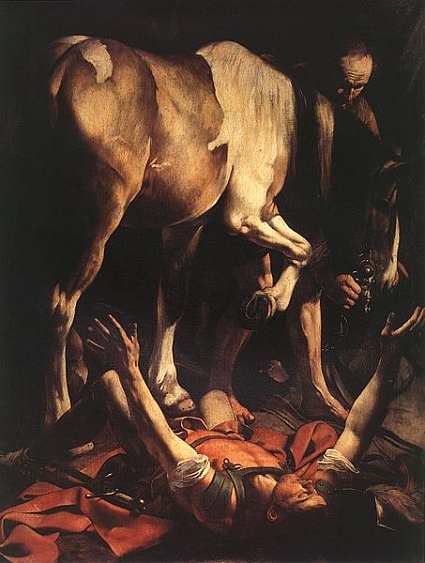Onsdagsaudiensen – pave Benedikt snakker om fastetida
Pave Benedikt tok et opphold i sin gjennomgang av Augustins liv, og snakka i dagens audiens om dagens markering av askeonsdag, «der vi begynner, som vi gjør hvert år, vår fastevandring – da vi mer enn vanlig fokuserer på bønn og meditasjon, bor og faste.
We are entering a formidable liturgical period because while we prepare ourselves for the celebration of Easter – the heart and center of the liturgical year and our entire existence – we are invited, I might even say provoked, to give a more decisive impulse to our Christian existence.
Inasmuch as the commitments, the worries and the concerns which make us fall into a routine expose us to the risk of forgetting how extraordinary the adventure is in which Jesus has involved us, we need to begin everyday our demanding itinerary of the evangelical life, going back into ourselves through restorative pauses for the spirit.
With the ancient rite of imposing ashes, the Church introduces us to Lent as a great spiritual retreat which lasts 40 days. We thus enter the Lenten season, which helps us to rediscover the gift of faith we received in Baptism, and urges us to the Sacrament of Reconciliation, placing our commitment to penance under the sign of divine mercy. …
Onsdagsaudiensen – pave Benedikt snakker om fastetidaLes mer »
